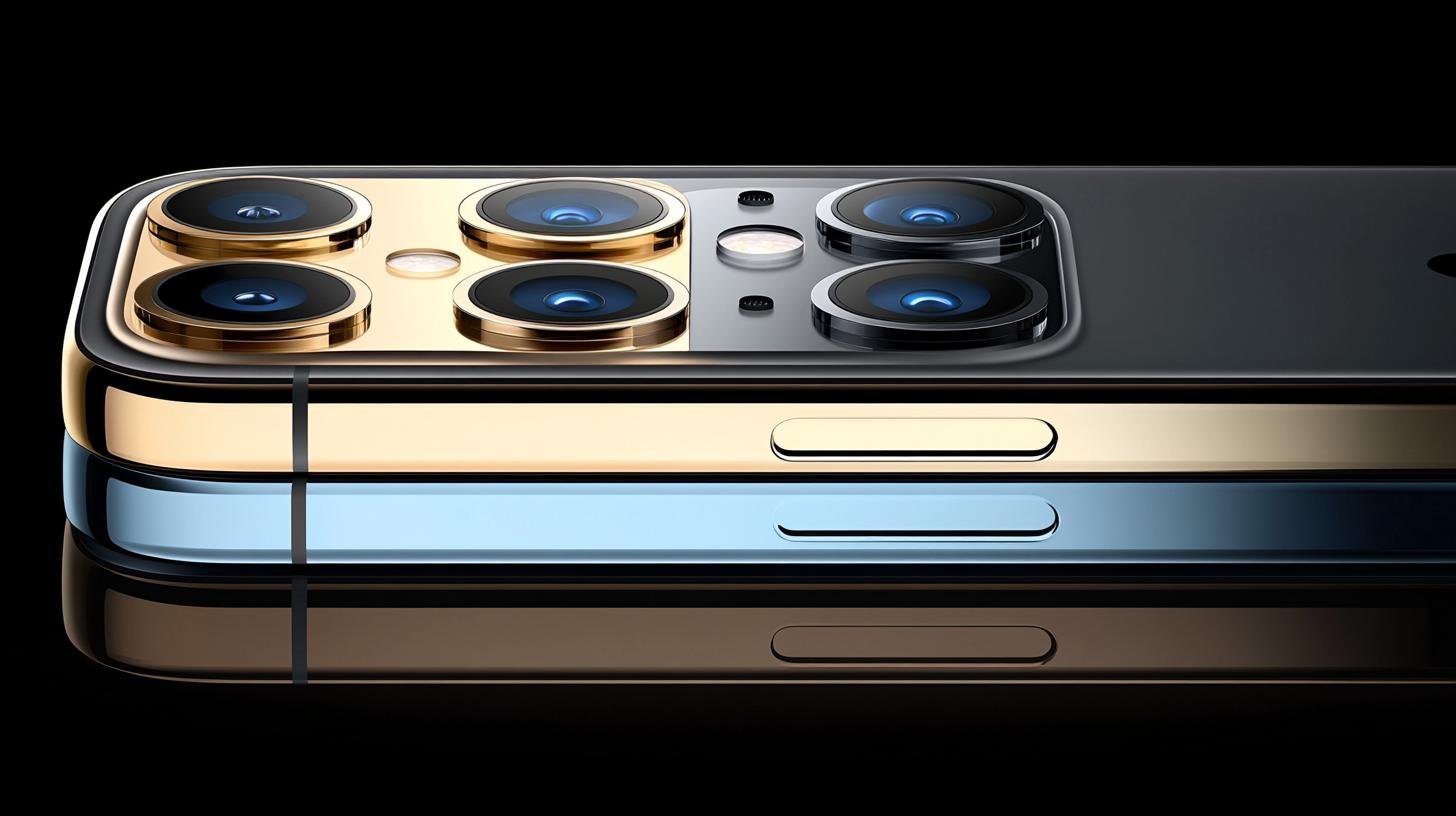Apple is rumored to be shaking up its future iPhone lineup with the potential introduction of a new model, the “iPhone 17 Slim,” which might replace the larger iPhone Plus. By delivering what could be the thinnest iPhone to date, Apple aims to stand out amidst the bulkier flagship phones dominating the market. However, recent reports suggest that the critical components required for this sleek design might not be ready in time for the planned release date.
Challenges in Innovation
Leading smartphone analyst Jukanlosreve highlights various leaks across the supply chain regarding a new circuit board material that Apple is testing within the battery. This material is designed to allow for efficient thermal regulation, enabling smaller batteries to match the power and longevity of standard ones. Despite its promise, the technology might not meet the 2025 launch timeline for the iPhone 17 Slim, forcing Apple to decide between delaying the release or compromising on hardware specifications to accommodate interior space constraints.
Consumer Demand and Market Trends
Over the past few years, iPhone designs have remained relatively stable, with Apple engineers striving to balance battery life, durability, and cooling performance with each iteration. The shift towards prioritizing thinness could complicate these efforts more than the usual upgrades. Another pressing question is whether there’s a genuine market demand for even thinner smartphones. Previous models targeting niche markets, such as the iPhone Mini series, faced lackluster sales, and recent Plus models haven’t fared much better. Will the iPhone 17 Slim find its niche, or will it struggle like its predecessors? Only time will tell if Apple’s latest gamble pays off.
Is the Pursuit of Thinness in Smartphones a Step Forward or a Step Backward?
In the ever-evolving tech landscape, companies like Apple consistently push the boundaries of what’s possible, attempting to marry design beauty with functional excellence. The rumored “iPhone 17 Slim” is set to be the thinnest iPhone yet, potentially changing the way we perceive smartphone design. However, the ambition to craft ultra-thin phones raises questions about their impact on technology and humanity.
Technological Implications and Human Advancement
As technology advances, the demand for high performance in sleek packages grows. The pursuit of ultra-thin designs emphasizes the need for innovation in areas like Apple‘s cutting-edge materials and engineering techniques. For instance, the development of new circuit board materials capable of optimal thermal regulation could pave the way for smaller and more efficient batteries—a pivotal advancement affecting numerous tech industries beyond smartphones.
Yet, the push for thinner devices may overlook critical factors such as durability, battery longevity, and usability—a concern echoed in Apple’s past endeavors with compact designs. As manufacturing processes evolve to produce slimmer phones, questions arise about their resilience to day-to-day wear and tear and whether these ultra-thin devices can uphold Apple’s reputation for quality.
Controversies around Consumer Demand and Market Dynamics
One of the most debated aspects is whether consumers truly desire thinner phones. The market’s mixed reception of the iPhone Mini series and the recent lackluster performance of the Plus models suggest a complex relationship between design preferences and consumer demand. Are users willing to trade battery life and durability for aesthetics?
Furthermore, the environmental impact of continually producing new models with frequent redesigns cannot be overlooked. E-waste is a mounting global issue, and the tech industry’s relentless innovation cycle contributes significantly to this problem. Consumer electronics must balance cutting-edge designs with sustainable practices.
Advantages and Disadvantages: A Critical Overview
The advantages of ultra-thin smartphones primarily lie in their aesthetic appeal and potential for technological breakthroughs. They promise portability and elegance, appealing to users who prioritize design. On the flip side, the disadvantages include potentially reduced battery performance, increased repair difficulty due to tightly packaged components, and the often overlooked ergonomic challenges posed by extremely slim devices.
Exploring the Future
As we look forward to the future of smartphones, we must ask ourselves: How essential is thinness, and what trade-offs are we willing to accept? Thinner designs could redefine our interaction with technology, but at what cost? As manufacturers, including trailblazers like Apple, grapple with these questions, their answers will shape future innovations in the tech world.
It’s a delicate dance between innovation and practicality, one that will continually evolve as technology and consumer preferences change. Stay tuned to see how Apple and other industry leaders navigate these fascinating challenges in the quest to bridge the gap between form and function.
Explore more about the innovations shaping the tech industry at Apple.







